First, there was the weather. The day began with blue skies and temperatures in the low sixties, and though the skies threatened rain in the afternoon and the temperature dropped (we were both strolling around in short sleeves), the weather held, and the small umbrella I’d purchased in Asheville remained tightly wrapped in my backpack.
Now, to give the details of this day, which was so crammed full of people and events, might be tedious for most readers, so I’ll just give the highlights. We decided to walk from Geoff’s house to Westminster Abbey, our final destination and a distance of five or six miles from the house. We set out on Holland Place, which is a wealthy neighborhood with upscale shops, pubs, and several schools. In the courtyard of one of the schools, where uniformed children were streaming in and out of the building, I was surprised and delighted to see an entire courtyard filled with scooters, apparently a favorite among young people here.
Soon we entered Kensington Gardens with its open fields, wildflowers, great trees, and monuments and statues. We walked and walked. We are quickly learning that London, like many major cities, has a shortage of public restrooms and trash receptacles. We saw monuments to Queen Victoria, Princess Diana, and other celebrated figures.
By sheer chance, we bumbled into the Changing of the Guard at Buckingham Palace. The mounted police were nearly as much fun to watch as the Guards; they wore black vests, starched white shirts, and handled their horses well. The Horse Guards were impressive not only by their uniforms and bearing, but by their youth. Many of them looked about sixteen years old. (I’m clearly too old to judge ages anymore).
Once we arrived at Westminster Abby, still on foot, we toured the Abbey for a couple of hours, listening to free guided listening devices distributed at the entrance. We learned of coronations and funerals, we followed in the footsteps of queens and kings, we trod over the graves of the famous like Sir Isaac Newton and Charles Darwin.
Then came Poet’s Corner. Here were buried a multitude of luminaries, including Geoffrey Chaucer and John Dryden. There were plaques dedicated to many famous writers, including Dylan Thomas, W.H. Auden, and Longfellow, who though American, apparently had some English fans in the late nineteenth century. Here was a modern bust of William Blake in which the sculptor captured Blake’s wildness. Here was a statue of Shakespeare, surrounded by other writers. And here I paid homage to all those authors I have loved—not only those commemorated here, but to the Americans and the Russians as well.
One thing that deeply impressed me was the minute of prayer in the Abby. Every hour a staff member of the Abbey announces that that it is the custom to pause for a minute of prayer. This particular prayer called for peace, for blessings on those in the Abbey, and for help to those who needed it. The prayer leader, a woman, then asked for all these things in the name of “Our Lord Jesus Christ.” It gave me a wonderful sense of inner peace hearing those words in such a beautiful old church.
Then came the Churchill World War II Bunker and Headquarters. Located near White Hall and Downing Street, this tour offers a look at the below-ground quarters where Winston Churchill and his staff spent much of their time during the war. As soon as war broke out, workers reinforced the ceiling of these quarters with enormous steel beams and loads of concrete. Most of the rooms were small, of course, and many sported single beds with spring-iron old mattresses (I slept on these in military school in the seventh and eighth grades). The museum was fantastic, though confusing; it was in an enormous room, with the displays all skitter-scatter, and every time I thought I had seen everything; something new would catch my attention. During the war, two Royal Marines guarded the conference room, and Churchill had rifle racks installed on the hallway walls, declaring that they would go down fighting if invaded by German commandos.
Then we took another long stroll through places like Piccadilly Circus and Trafalgar Square, and down a long and very crowded street of exclusive shops (Regent Street). Every street brings some new bit of history, some new fantastic view, some new shop. We took the tube back home around seven, where we went out for supper with Geoff Kittredge, our very kind host.
Then home and to bed.
Two interesting things: trash receptacles are almost impossible to find in London, yet the streets are clean and tidy. John and I rejoice every time we see a trash bin. Secondly, I am writing this note in Starbucks. Yes, Yes, I know it’s American, but it also has fantastic WIFI.
Now, to give the details of this day, which was so crammed full of people and events, might be tedious for most readers, so I’ll just give the highlights. We decided to walk from Geoff’s house to Westminster Abbey, our final destination and a distance of five or six miles from the house. We set out on Holland Place, which is a wealthy neighborhood with upscale shops, pubs, and several schools. In the courtyard of one of the schools, where uniformed children were streaming in and out of the building, I was surprised and delighted to see an entire courtyard filled with scooters, apparently a favorite among young people here.
Soon we entered Kensington Gardens with its open fields, wildflowers, great trees, and monuments and statues. We walked and walked. We are quickly learning that London, like many major cities, has a shortage of public restrooms and trash receptacles. We saw monuments to Queen Victoria, Princess Diana, and other celebrated figures.
By sheer chance, we bumbled into the Changing of the Guard at Buckingham Palace. The mounted police were nearly as much fun to watch as the Guards; they wore black vests, starched white shirts, and handled their horses well. The Horse Guards were impressive not only by their uniforms and bearing, but by their youth. Many of them looked about sixteen years old. (I’m clearly too old to judge ages anymore).
Once we arrived at Westminster Abby, still on foot, we toured the Abbey for a couple of hours, listening to free guided listening devices distributed at the entrance. We learned of coronations and funerals, we followed in the footsteps of queens and kings, we trod over the graves of the famous like Sir Isaac Newton and Charles Darwin.
Then came Poet’s Corner. Here were buried a multitude of luminaries, including Geoffrey Chaucer and John Dryden. There were plaques dedicated to many famous writers, including Dylan Thomas, W.H. Auden, and Longfellow, who though American, apparently had some English fans in the late nineteenth century. Here was a modern bust of William Blake in which the sculptor captured Blake’s wildness. Here was a statue of Shakespeare, surrounded by other writers. And here I paid homage to all those authors I have loved—not only those commemorated here, but to the Americans and the Russians as well.
One thing that deeply impressed me was the minute of prayer in the Abby. Every hour a staff member of the Abbey announces that that it is the custom to pause for a minute of prayer. This particular prayer called for peace, for blessings on those in the Abbey, and for help to those who needed it. The prayer leader, a woman, then asked for all these things in the name of “Our Lord Jesus Christ.” It gave me a wonderful sense of inner peace hearing those words in such a beautiful old church.
Then came the Churchill World War II Bunker and Headquarters. Located near White Hall and Downing Street, this tour offers a look at the below-ground quarters where Winston Churchill and his staff spent much of their time during the war. As soon as war broke out, workers reinforced the ceiling of these quarters with enormous steel beams and loads of concrete. Most of the rooms were small, of course, and many sported single beds with spring-iron old mattresses (I slept on these in military school in the seventh and eighth grades). The museum was fantastic, though confusing; it was in an enormous room, with the displays all skitter-scatter, and every time I thought I had seen everything; something new would catch my attention. During the war, two Royal Marines guarded the conference room, and Churchill had rifle racks installed on the hallway walls, declaring that they would go down fighting if invaded by German commandos.
Then we took another long stroll through places like Piccadilly Circus and Trafalgar Square, and down a long and very crowded street of exclusive shops (Regent Street). Every street brings some new bit of history, some new fantastic view, some new shop. We took the tube back home around seven, where we went out for supper with Geoff Kittredge, our very kind host.
Then home and to bed.
Two interesting things: trash receptacles are almost impossible to find in London, yet the streets are clean and tidy. John and I rejoice every time we see a trash bin. Secondly, I am writing this note in Starbucks. Yes, Yes, I know it’s American, but it also has fantastic WIFI.
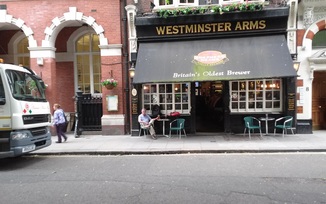
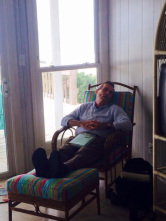
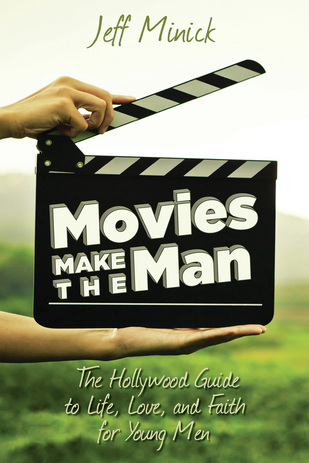
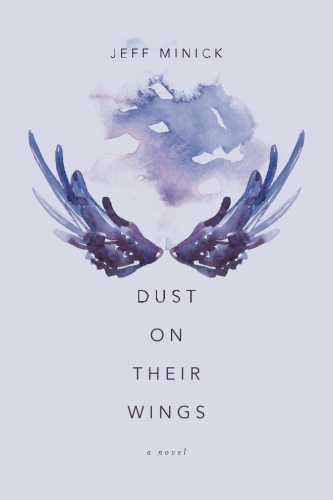
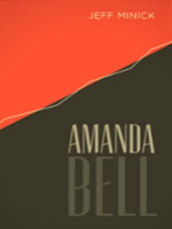
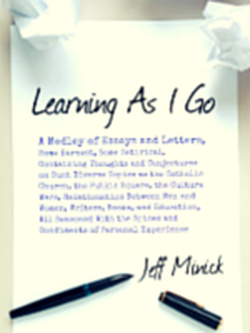
 RSS Feed
RSS Feed